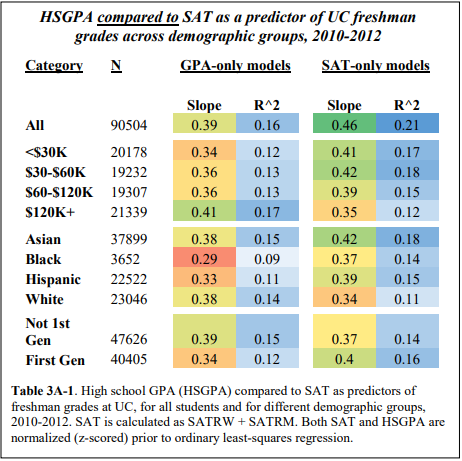You didn’t report any information about the grade distribution, so how do you know they are “boosting grades to get kids graduated”. Are you assuming that if a student fails the math/reading proficiency test, they will never graduate from HS?
Math/Reading proficiency measurement criteria varies by state, and I suspect it is often a higher standard than you assume. For example, the state of New Mexico has an overall math proficiency rate of ~20%. The vast majority of New Mexico kids score high enough to get the “math basic” label, but not high enough to get the “math proficient” or “math advanced” labels. These labels correspond their how performance on a common core type test compares to target goals for their grade level. I wouldn’t assume that the ~80% who did not score “math proficient” all should be doomed to never graduate from high school.
That said, many HSs do have special programs that support students graduating, and do not require passing state/national level proficiency type exams to graduate. For example, I attended a basic, public high school in NYS. At the time I attended, there was an abysmal failure rate for math regents – as I recall ~90% failed one of the algebra exams. The number was published in the paper, which led to bad publicity. This resulted in algebra teachers more closely following the regents curriculum, such that the regents pass rate shot up in the following year.
However, students did not need to pass regents to graduate from my HS. There were several different kinds of diplomas. One could get a regents / advanced regents diploma, or one could also get a local diploma. The latter didn’t require any type of state level proficiency exam. There were also special programs for students who were at risk of not graduating due to grades near/at failure, non-academic reasons, disabilities, etc. These programs generally had a single group who attended all the same classes together, which were different classes from typical students, with a higher level of teacher attention and support. I can’t testify to the degree of grade inflation in these classes, but I expect that the key goal was that the students in these special programs graduate HS – not that they have get A’s or have high enough grades for a selective 4-year college.

